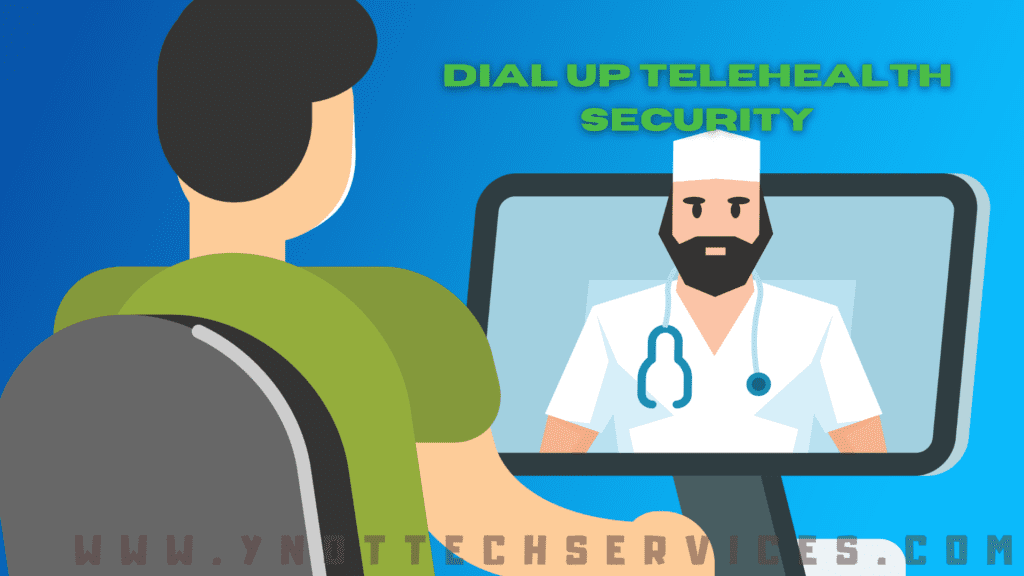 Dial up Telehealth Security
Dial up Telehealth Security
The use of telehealth has been growing rapidly over the past decade. Then, the coronavirus pandemic prompted another jump in telehealth offerings. There are many advantages to digital healthcare, but securing this access to physicians and specialists is more challenging.
Telehealth services offered through videoconferencing, remote monitoring, electronic consults, and wireless communications:
- increase connectivity between patients and practitioners;
- expand healthcare reach to rural facilities;
- help ensure patients receive care in a timely fashion;
- reduce low-acuity visits to emergency rooms;
- improve workflow for healthcare professionals;
- support consistent management of chronic care patients.
According to a Center for Connected Medicine study, nine out of ten organizations moved telehealth from future priority to a must-have in 2020.
Providers are seeing 50 to 175 times more telemedicine patients than before, according to McKinsey. And consumers liked the change: only 11 percent of the survey respondents had used telehealth in 2019, yet 76% said they were highly or moderately likely to use telehealth going forward.
The problem is that quick implementation leaves room for improvement. Telemedicine can mean many online tools. Add cloud storage and VPNs to those listed above. All that creates a vast attack surface, and cybercriminals can target both the medical staff side and the patient side.
1. Usable and Secure Telehealth
The healthcare industry is already juggling regulatory and reimbursement policies. With expanding telehealth services they must also offer secure, convenient access to patients.
A first priority is offering services on a platform that is regulation compliant. Protecting patient health information remains a priority, yet remote services make this more complicated. Data transferred online runs the risk of interception. Use the following best practices to support usable and secure telehealth offerings.
2. Authenticate identity
Ensure that only authorized individuals have access to telemedicine data. Multi-factor authentication (MFA) is the most common approach. Any time you log into a website and then have to add a code sent to your phone, you’re using two-factor authentication. The idea is that the hacker might have your access credentials but wouldn’t also have your personal smartphone.
MFA has proven effective in blocking 99.9 percent of all automated cyberattacks.
3. Encrypt data
Encrypt any patient health information (PHI) or financial data on the telehealth platform or related devices. This makes it more challenging for the bad actor to leverage the data if they do gain access.
4. Educate patients
Cybersecurity is only as strong as the weakest link. In this case, that can be the patient. The healthcare provider may have security in place, but the patient connection could be a dangerous one.
It’s a good idea to educate patients about the threats. Help them improve their online interactions by informing them of the need to:
- use a virtual private network to secure connections;
- enable anti-malware and virus scanning;
- update apps and software;
- recognize social engineering attempts;
- restrict app permissions to functionality only.
Conclusion
Telehealth has many benefits, but it requires healthcare providers to share sensitive data through a possibly insecure network with multiple users. A managed service provider can help secure the telemedicine platform. We can set up secure virtual private networks and inventory technology access points. Ensure your telehealth is as safe as it can be with the help of our IT experts.




